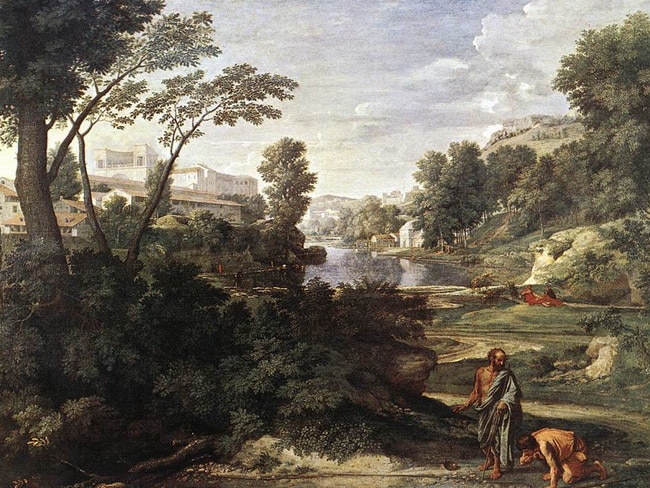
What art can teach us about the simple life
The time is ripe for a local exhibition of paintings from the “beggar-philosopher” subgenre, which inspired some of the west’s greatest artists

The time is ripe for a local exhibition of paintings from the “beggar-philosopher” subgenre, which inspired some of the west’s greatest artists
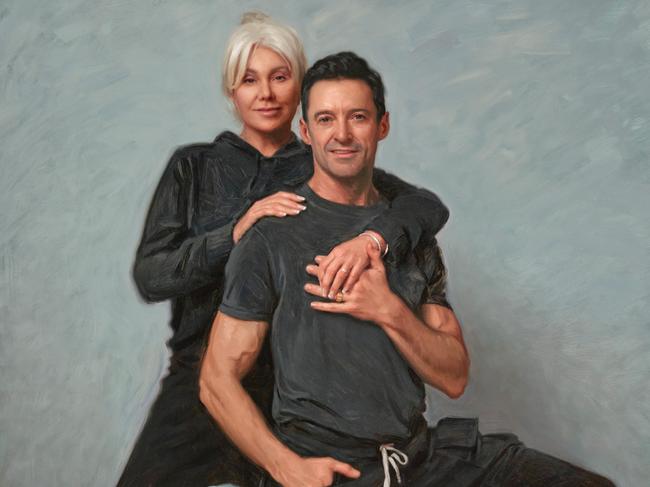
The strongest portraits in the Archibald lineup have an eccentric charm or reveal something of the sitter’s personality.
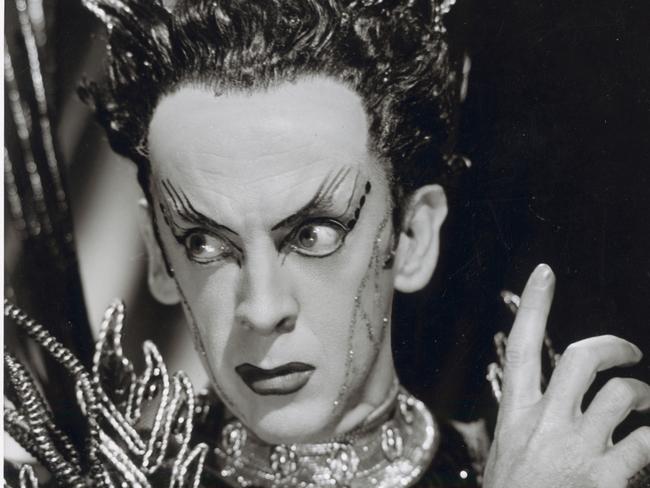
Theatrical posters – both highbrow and less so – reflect the lives and sensibilities of audiences as far back as colonisation
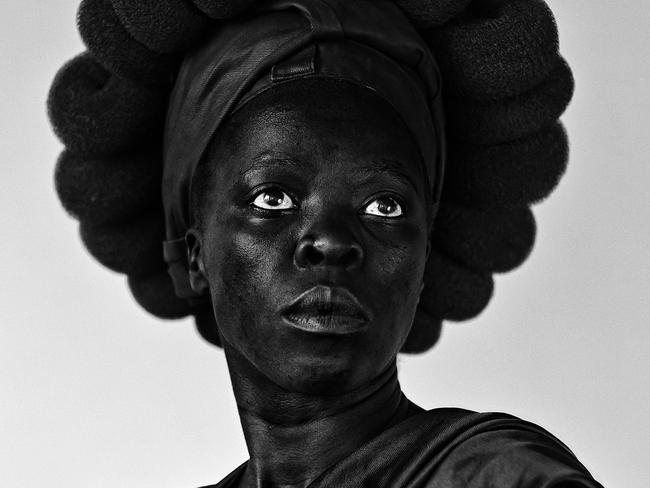
Contemporary ideas of fluidity are not as original as they seem.
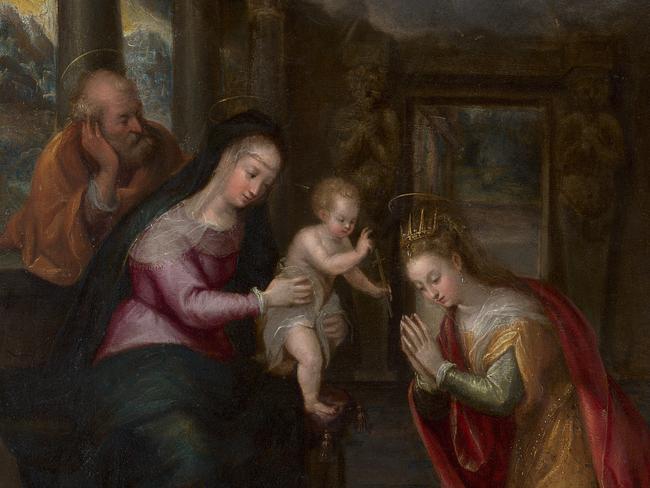
Lavinia Fontana was not quite Europe’s first professional female painter, but she was the first woman to paint a public work of significant scale.
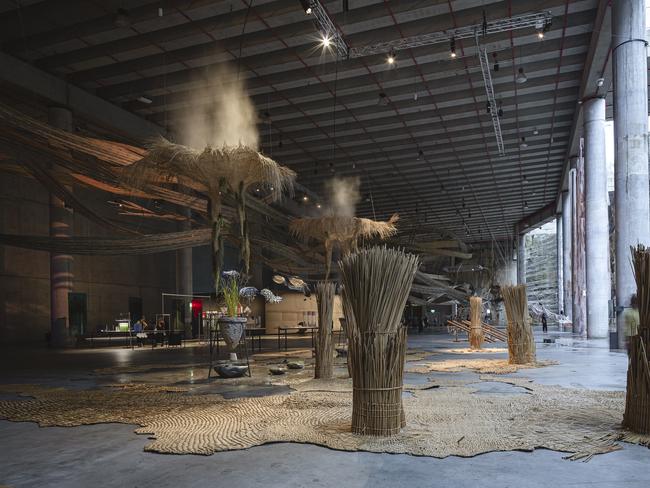
Many of the works in this exhibition take us out of the neurotic introversion of contemporary academic art, especially the toxic Australian variety.
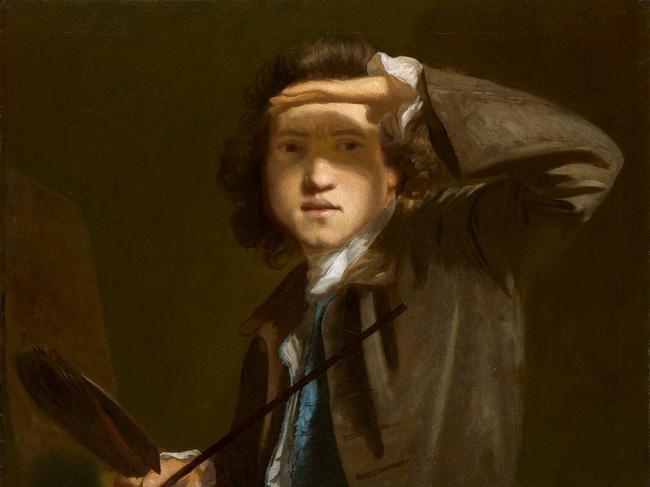
Remarkable portraits such as this could do with better company than photographs of pop celebrities.
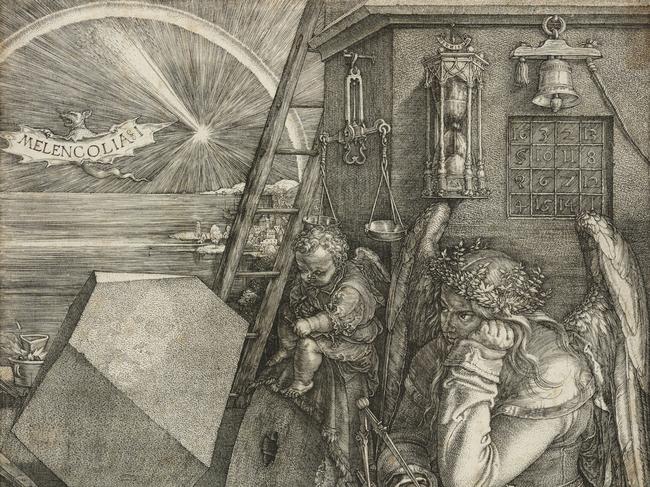
A new hang at the Art Gallery of NSW offers a fascinating insight into printmaking
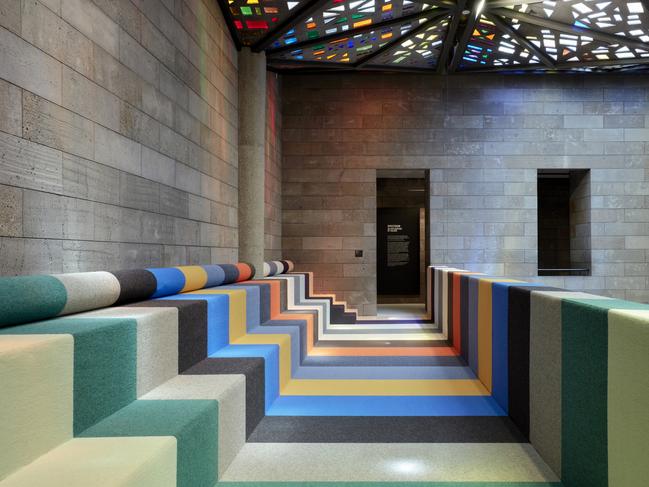
This exhibition is an opportunity to ponder the mysteries of colour perception and the deeper implications of language and names

New technologies can not only be used to detect forgeries but tell us stories about the people and methods behind original artefacts
Original URL: https://www.theaustralian.com.au/author/christopher-allen/page/18